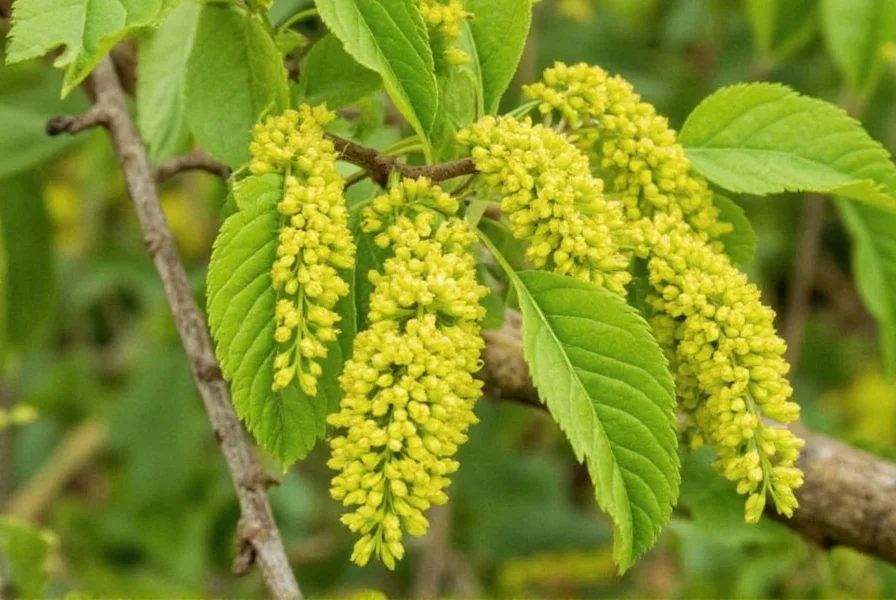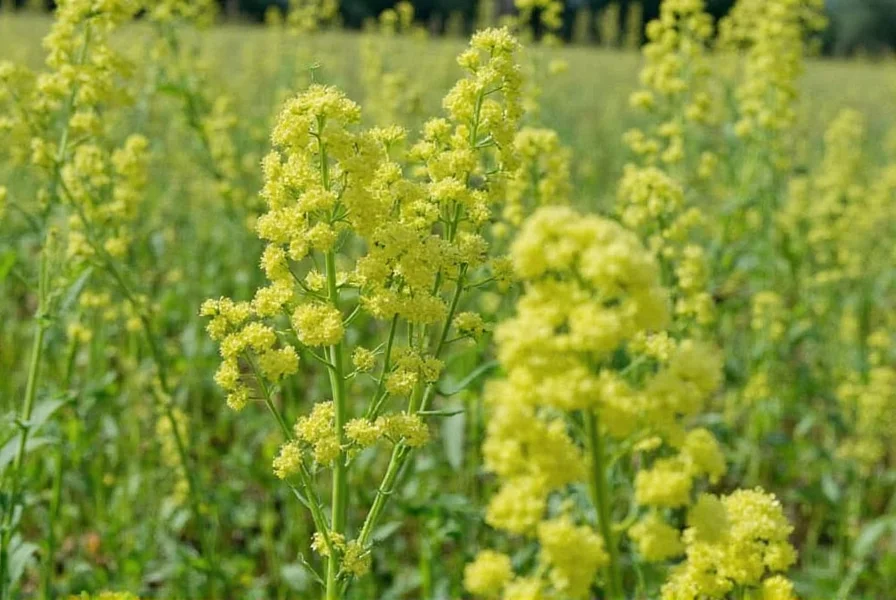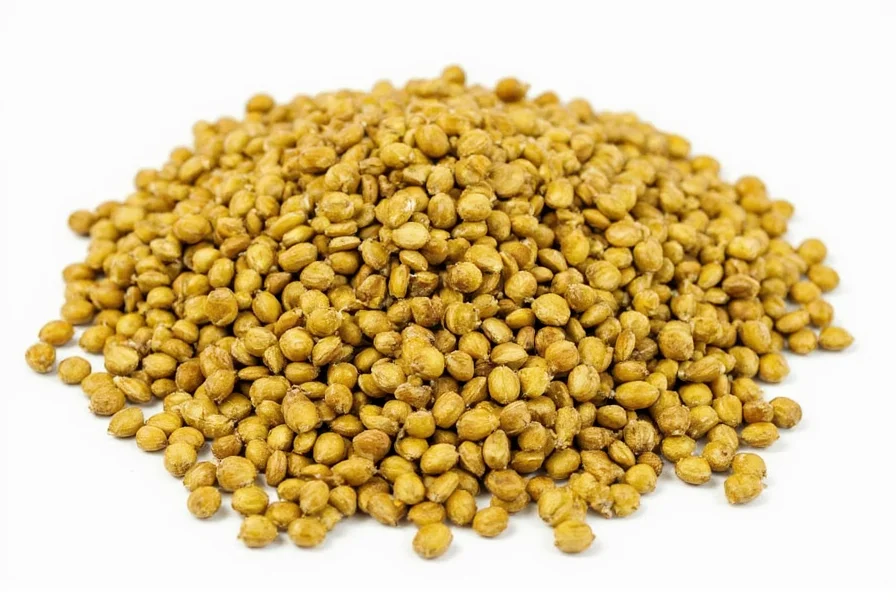Understanding Mustard Tree Seeds and Their Botanical Origins
Mustard tree seeds originate from plants in the Brassicaceae family, with Brassica nigra (black mustard) being the species most commonly referred to as the “mustard tree.” Despite its “tree” designation, this plant is technically an annual herb that can reach heights of 6-8 feet under optimal growing conditions, creating a tree-like appearance. The seeds themselves are small, spherical, and measure approximately 1-2 mm in diameter.
Three primary mustard varieties produce the seeds commonly used worldwide:
| Variety | Scientific Name | Seed Color | Flavor Profile |
|---|---|---|---|
| Black Mustard | Brassica nigra | Dark brown to black | Strongest, most pungent |
| Brown Mustard | Brassica juncea | Brown | Medium heat, complex flavor |
| White/Yellow Mustard | Sinapis alba | Pale yellow | Mild, slightly tangy |
The Science Behind Mustard's Pungent Flavor
The distinctive heat of mustard seeds comes from a fascinating biochemical process. Seeds contain the enzyme myrosinase and the compound sinigrin, which remain separated within the seed structure. When seeds are crushed and mixed with liquid, these components combine to form allyl isothiocyanate—the compound responsible for mustard's characteristic pungency. The type of liquid used affects the final flavor: vinegar creates a more stable, milder mustard, while water produces a hotter but shorter-lived heat.

Culinary Applications Across Global Cuisines
Chefs and home cooks worldwide utilize mustard tree seeds in diverse culinary traditions. In Indian cuisine, black mustard seeds are tempered in hot oil to release their nutty aroma before adding to dals and curries. European traditions feature mustard seeds in pickling solutions, sauerkraut preparation, and classic mustard condiments. The seeds' versatility extends beyond heat—they contribute complex flavors that range from nutty to earthy depending on preparation method.
For those exploring how to grow mustard tree from seed for culinary purposes, timing is crucial. Seeds planted in early spring yield the best harvest for summer cooking needs. Gardeners interested in growing mustard plants in home garden settings should note that these plants thrive in cool temperatures and well-drained soil.
Traditional Medicinal Uses and Modern Research
Historical records show civilizations from ancient Rome to traditional Ayurvedic medicine have valued mustard seeds for their therapeutic properties. People have used them in topical applications for muscle pain relief, respiratory treatments, and digestive aid. Modern research supports some traditional claims, particularly regarding the anti-inflammatory properties of compounds found in mustard seeds.
Studies published in the Journal of Agricultural and Food Chemistry indicate that medicinal properties of mustard seeds include antioxidant effects and potential cardiovascular benefits. However, researchers caution that most health benefits observed in laboratory settings require concentrated extracts rather than typical culinary usage amounts.
Practical Guide to Growing Mustard from Seeds
For gardeners interested in cultivating their own mustard plants, understanding the mustard tree seed germination process is essential. Seeds typically germinate within 3-10 days when planted 1/4 inch deep in soil with temperatures between 45-85°F (7-29°C). Black mustard plants prefer full sun but tolerate partial shade, and they grow rapidly once established.
When planning how to grow mustard tree from seed successfully, consider these key factors:
- Soil pH between 6.0-7.5 yields optimal growth
- Regular watering prevents premature bolting
- Succession planting every 2-3 weeks extends harvest season
- Harvest seeds when pods turn brown and dry on the plant

Proper Storage Techniques for Longevity
Preserving the quality of mustard seeds requires proper storage methods. Whole seeds maintain their potency for 2-3 years when stored in airtight containers away from light and moisture. For those collecting seeds for future planting, understanding storing mustard seeds for planting is critical—keep them in cool, dry conditions with humidity below 50% to maintain optimal germination rates.
Ground mustard loses potency more quickly, typically within 6-12 months. Refrigeration extends shelf life but introduces moisture risks. For culinary enthusiasts exploring culinary uses of mustard tree seeds, toasting seeds before grinding enhances their flavor complexity.
Safety Considerations and Potential Allergies
While generally safe for consumption, mustard seeds can cause allergic reactions in sensitive individuals. The European Union recognizes mustard as a major allergen requiring labeling. People with thyroid conditions should consult healthcare providers before consuming large quantities, as glucosinolates in mustard may affect thyroid function.
When using mustard seeds medicinally, particularly in concentrated forms, exercise caution. High doses may cause gastrointestinal irritation or skin inflammation in topical applications. Those exploring the health benefits of mustard seeds should maintain realistic expectations—while promising, most therapeutic applications require further clinical validation.
Conclusion: The Enduring Value of Mustard Tree Seeds
From ancient spice routes to modern kitchen pantries, mustard tree seeds have maintained their relevance through centuries of culinary and medicinal use. Their unique biochemical properties create flavors and potential health benefits unmatched by other spices. Whether you're a gardener exploring growing mustard plants in home garden settings, a chef experimenting with global flavors, or someone interested in traditional plant-based remedies, understanding the nuances of mustard seeds enhances their practical application.
Frequently Asked Questions
What is the difference between mustard seeds and mustard tree seeds?
Mustard tree seeds specifically refer to seeds from Brassica nigra (black mustard), which grows taller than other mustard varieties. All mustard tree seeds are mustard seeds, but not all mustard seeds come from plants that reach tree-like heights. Black mustard seeds are smaller and more pungent than the larger yellow seeds from Sinapis alba.
Can you eat mustard tree seeds raw?
Yes, mustard tree seeds can be eaten raw, but they have a hard outer coating and mild flavor in their whole form. The characteristic pungency develops when seeds are crushed and mixed with liquid, which activates the enzyme reaction creating the heat. Raw consumption in moderate amounts is generally safe for most people.
How long does it take for mustard tree seeds to germinate?
Under optimal conditions (soil temperature 45-85°F), mustard tree seeds typically germinate within 3-10 days. Black mustard (Brassica nigra) often shows sprouts in 5-7 days when planted at 1/4 inch depth in moist, well-draining soil. Germination slows significantly in colder temperatures below 45°F.
What are the primary health benefits associated with mustard seeds?
Research suggests mustard seeds contain compounds with anti-inflammatory and antioxidant properties. They provide selenium and magnesium, which support metabolic function. Traditional medicine has used them for respiratory relief and pain management, though scientific evidence for these applications remains limited. Most health benefits require concentrated forms rather than typical culinary usage amounts.
How should I store mustard seeds for maximum freshness?
Store whole mustard seeds in an airtight container away from light and moisture at room temperature for up to 3 years. For extended storage, refrigeration can preserve potency longer, but ensure containers are completely sealed to prevent moisture absorption. Ground mustard loses potency more quickly and should be used within 6-12 months for best flavor.











 浙公网安备
33010002000092号
浙公网安备
33010002000092号 浙B2-20120091-4
浙B2-20120091-4